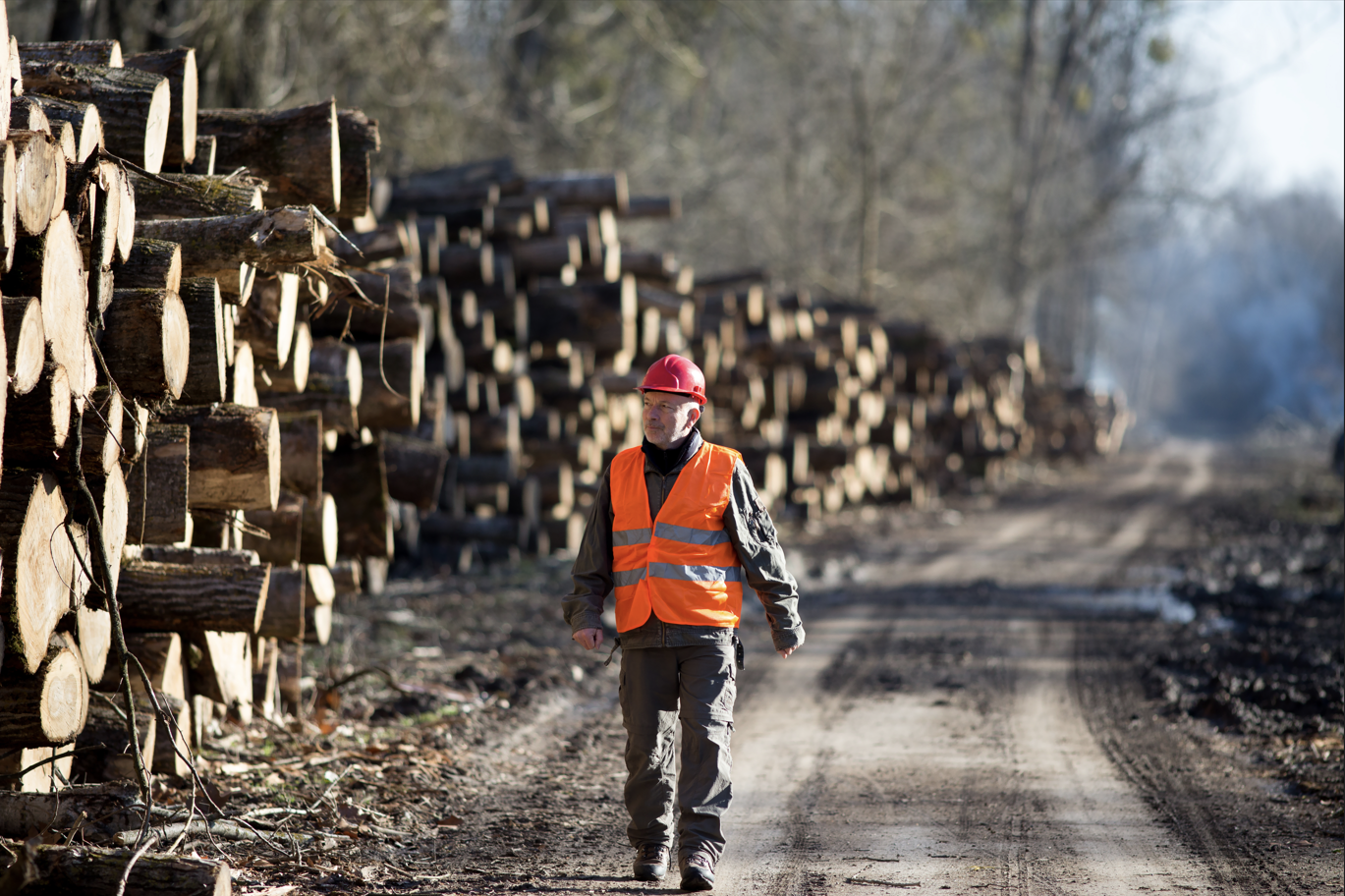My three learning highlights about the forest industry
Without a doubt, there is a steep learning curve going from university to a corporate job. When I first started at Canfor, there were so many acronyms related to business units, products, associations and more! It felt like I was learning a whole new language. Having worked for over a year at Canfor, I’ve gained an understanding of the industry that I could not have learned in school. I’m confident that with my co-op experience and my environmental background in school I’m able to better understand sustainability performance across companies and sectors.
I’d like to share three areas of the forest industry that taught me a lot. These are areas where the forest sector performs well in terms of sustainability and is well aligned with global goals and values.
Circularity
From harvest through production, very little of the tree is wasted. When a tree is processed in a sawmill, many pieces must be trimmed off to create perfectly measured boards of lumber. However, the residuals do not go to waste. The industry has identified viable applications for these residuals. These include generating green energy and creating a wide range of products such as pulp, paper and pellets from residuals. The development of bioproducts could have very innovative applications in the future. It really is an exciting time to be in the forest sector!
Sustainable forest management practices
Researchers and organizations across the globe are focused on forest practices. Many Canadian companies follow internationally recognized forest certifications such as the Sustainable Forestry Initiative (SFI) and Forest Stewardship Council (FSC). Sustainable forest management practices include adopting best practices in harvesting and replanting of forests such that it minimizes the impact on the environment. Innovative practices such as leaving residual patches and planting a variety of mixed species are increasingly being used to help the forest regenerate and stabilize after harvesting. Different types of silviculture treatments help with biodiversity, wildlife and helps with minimizing fire risk.
Climate benefits of wood products
The value chain associated with wood products have many climate benefits. At the beginning of the value chain, trees absorb and store atmospheric carbon as they grow. Sustainable forest management practices allow for productive and healthy forests. Within a company’s operations, residuals can be used to generate green energy or can have other beneficial uses and applications. At the end of the value chain, wood products are known to have a lower carbon intensity than concrete or steel, and wood products store carbon for the duration of their lives Innovative bio-products can provide low-carbon alternatives to fossil fuel or fossil fuel-based products in the future. Climate change is a priority for our generation, the climate benefits of wood products will play a leading role in addressing the challenge.
The more I learned about the forest sector and wood products, the more I saw the true value that these products provide. With an environmental background, a future in the forest sector would provide me with an opportunity to apply my skills and knowledge to meaningful work.










.jpeg)

